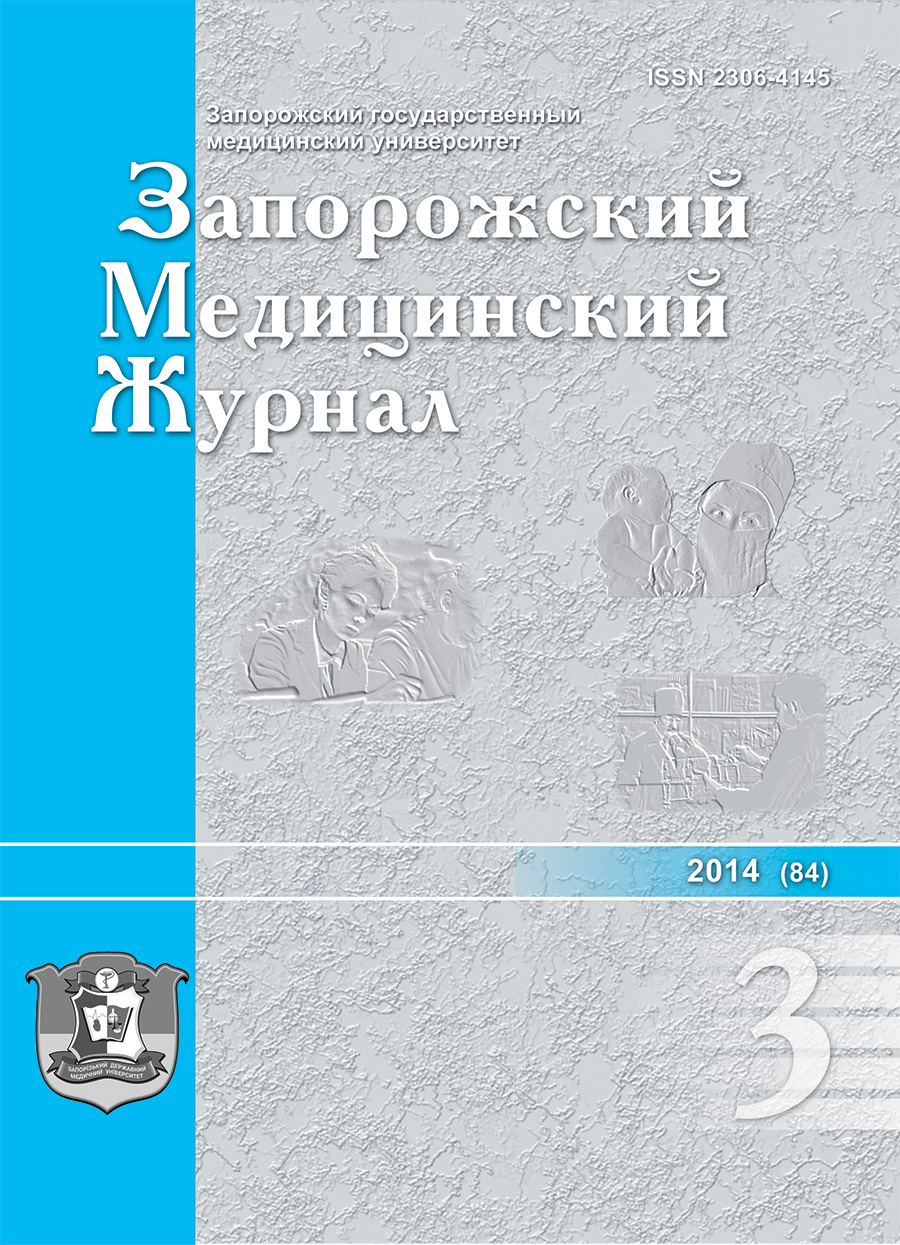Assisted reproductive technologies
DOI:
https://doi.org/10.14739/2310-1210.2014.3.26056Keywords:
Fertilization in vitro, Assisted Reproductive Techniques, Infertility, PregnancyAbstract
Aim. Assisted reproductive technology (ART) means manipulation of sperm and egg for fertilization outside the woman to achieve pregnancy. The main application of ART is directed to the treatment of infertility, although the technique is already widely used for research purposes, genetic engineering, production of stem cells, cloning.
Conclusion. Necessary component of such technologies is controlled ovarian stimulation. In reproductive medicine ART are considered the most effective treatment for infertility on one attempt, compared with population characteristics fertility. There are many procedures of ART, the choice of the method is the responsibility of the physician, although much depends on the level of equipment of the laboratory.
References
Vorob'eva, O. A., Leont'eva, O. A., & Kozlov, V. V. (2001) Zavisimost' chastoty oplodotvoreniya oocitov v kul'ture ot morfologicheskikh kharakteristik spermatozoidov cheloveka [Dependence of frequency of fertilization oocytes in culture from the morphological characteristics of the sperm of a man]. Citologiya, 43(3), 254–260. [in Russian].
Kokhanevich, E. V., Sudoma, I. A., Berestovoj, O. A., Sil'chenko, V. P. (2002) Genital'nyj e`ndometrioz i besplodie: IVF ili khirurgiya? [Genital endometriosis and infertility: IVF or surgery?] Visnyk akusheriv-hinekolohiv Ukrainy, 2, 12–20. [in Ukrainian].
Lucevich, N. E. (1997) Funkcional'noe sostoyanie nejroe`ndokrinno-immunnoj sistemy pacientok pod vliyaniem e`kstrakorporal'nogo oplodotvoreniya (Avtoref. dis… kand. med. nauk). [Functional neuro-endocrine-immune system of patients under the influence of extracorporeal fertilization] (Extended abstract of candidate’s thesis). Minsk. [in Belarus].
Polumiskov, V. E., Lokshin, V. N., & Badel'baeva, L. A. (1999) Sravnitel'naya ocenka razlichnykh skhem stimulyacii superovulyacii [Comparative assessment of different patterns of stimulation superovulation]. Besplodie. Vspomogatel'nye reproduktivnye tehnologii 2000. Sbornik nauchnykh trudov simpoziuma s mezddunarodnym uchastiem, (p. 62.). Kiev. [in Ukrainian].
Akande, V. A., Hunt, L. P., Cahill, D. J., Ford, W. C. L., & Jenkins, J. M. (2002) A cohort study of the prediction of Chlamydia infection causing subfertility, the value of treatment independent management and prognosis for pregnancy in 1119 women following laparoscopy. BMJ, 325, 28–32.
Antinori, S, Versaci, C, Hossein Gholami, G, Panci, C, & Caffa, B. (1993) Oocyte donation in menopausal women. Hum Reprod, 8, 1487.
Cahill, D.,J., & Wardle, P. G. (2002) Management of infertility. Clinical review. BMJ, 325, 28–32. doi: http://dx.doi.org/10.1136/bmj.325.7354.28.
(2001) Ovarian and endometrial function during hormonal contraception. Hum. Reprod., 16, 1527–1535. doi: 10.1093/humrep/16.7.1527.
Fauser, B. C., & Van Heusden, A. M. (1997) Manipulation of human ovarian function: physiological concepts and clinical consequences. Endocr. Rev., 18, 71–106
Surrey, E. S. (1999) Microendoscopy of the human fallopian tube. I. Am. Assoc. Gynecol. Laparosc, 6, 383–389.
(2003) American Society for Reproductive Medicine. Use of clomiphene citrate in women: Practice Committee of the American Society for Reproductive Medicine. Fertil Steril, 80, 1302.
American Society for Reproductive Medicine (2008) Induction of Ovulation with Human Menopausal Gonadotropins: Guideline for Practice. Fertil Steril., 90(5), Suppliment, S7–S12.
Cantineau, A. E., Heineman, M. J., & Cohlen, B. J. (2003) Single versus double intrauterine insemination (IUI) in stimulated cycles for subfertile couples. Cochrane Database Syst Rev., 1, CD003854.
Ness, R. B., Cramer, D. W., Godman, M. T., et al. (2002) Infertility, fertility drugs, and ovarian cancer. A pooled analysis of case-control studies. Am J Epidemiol, 155, 217–224. doi: 10.1093/aje/155.3.217.
Barmat, L. I., Liu, Н. С., Spandorfer, S. D., et al (1998) Human preembryo development on autologous endometrial coculture versus conventional medium. Fertil Steril., 70, 1109–1113.
Kligman, I, Rosenwaks, Z. (2001) Differentiating clinical profiles: Predicting good responders, poor responders, and hyperresponders. Fertil Steril., 76, 1185–1190.
Palermo, G. D., Takeuchi, T, Neri, Q. V., et al (2002) Application of intracytoplasmic sperm injection in assisted reproductive technologies. Reprod Biomed. 6, 456–463.
Spandorfer, S. D., Chung, P. H., Kligman, L, et al (2000) An analysis of the effect of age on implantation rates. J Assist Reprod Genet., 17(6), 303–306. doi: 10.1023/A:1009422725434.
Spandorfer, S. D., Goldstein, J, Navarro, J, et al (2003) Difficult embryo transfer has a negative impact on the outcome of in vitro fertilization. Fertil Steril., (79), 654–655.
How to Cite
Issue
Section
License
Authors who publish with this journal agree to the following terms:
Authors retain copyright and grant the journal right of first publication with the work simultaneously licensed under a Creative Commons Attribution License that allows others to share the work with an acknowledgement of the work's authorship and initial publication in this journal. 

